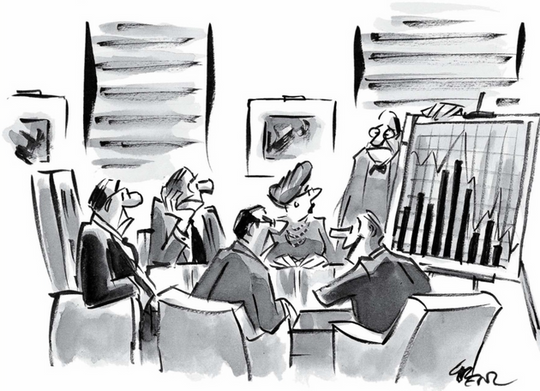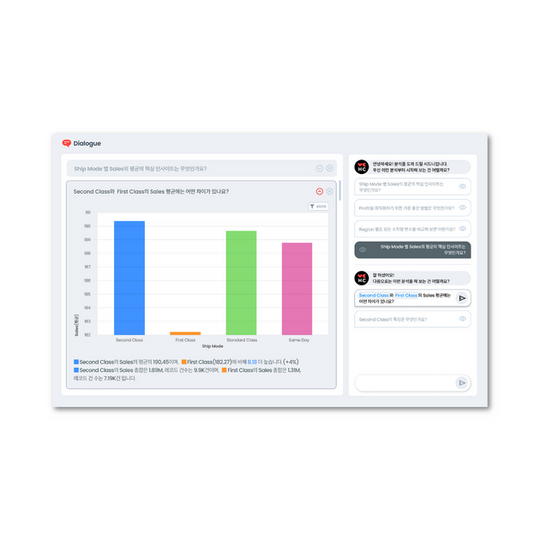Categorical variables (gender, business unit, job title, career path, customer group, sales channel, etc.) are another name for the familiar way we look at things. HEARTCOUNT's Smart Ranking feature was born to compare the relative differences between individual categorical values (populations) that make up a category at a glance.
The birth of Average: the pursuit of essence; the ideal average
The deterministic worldview (Determinism) is fundamentally based on the belief that there is order and perfection (or an ideal existence) in the world. The idea is that the Idea (the perfect being) exists and what we observe in the phenomenal world is just a shadow of the ideal being, as Plato discusses in the cave allegory.
In the history of statistics, the concept of the mean was born to understand and describe this idealized existence, just as the concept of the average was needed to describe the weight and size of the most idealized water bubble, and any significant deviation from the average was categorized as a new species.

The birth of variation: Darwin's theory of evolution
Then, through Darwin's theory of evolution, the idea was born that variation within individual species was not an undesirable phenomenon to be ignored, but that meaningful change (evolution) could occur through that variation. Differences within the same population began to be recognized as a phenomenon to be observed and understood more deeply.

Between-category vs. Within-category
variation Categories are a familiar and efficient way of looking at the world or an object. We profile people through a combination of average appearances (ideas) that conform to the individual category values we've identified by looking at their education (bachelor's or master's), their hometown (Daejeon or Busan), and the neighborhood they live in (Gangbuk or Gangnam). We can thank Darwin for emphasizing the importance of understanding variation within individual categories (not all Daejeonians speak slowly). However, understanding the differences between categories (groups) is just as important as understanding the differences within categories. It might be inspiring to compare the ideologies we've formed about certain groups with what the data shows.
Analysis in HEARTCOUNT
Smart Ranking: Compare differences between individual categories (populations) at a glance.
Let's try a HEARTCOUNT exercise to see the differences between different categories at a glance.
HEARTCOUNT's Smart Raking minimizes the amount of information in individual charts so that you can see all of your observations (numeric variables) in Excel at a glance and focus on the relative differences.
Below is the sales data, and you can see at a glance how the [Paper] product compares to other products. (The size of the bars does not reflect absolute values, but rather the relative difference between the values in that category.)
- Paper has the highest number of sales and a relatively low discount rate.
- Order quantity is near the bottom, profit is mixed in with the bottom of the pack, etc.

Similarly, below is survey data, where you can compare at a glance how different measures (answers to survey questions) vary by drinking habits [Alcohol].
If you have a large number of individual category values (say, 80 business units), you can use the search function in the upper right corner to select the category values you want to highlight. Also, if you click the Smart Link that appears in the upper right corner when selecting an individual window, a summary of the contents of the individual window will appear as a visualization of the Smart Plot and you can drill down to the individual record level.

Related Content
Discover more of HEARTCOUNT's educational content:








